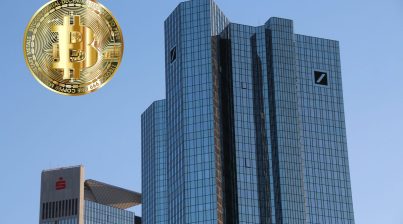Bitcoin (BTC) passed the $3,000 mark on March 10, 2022, surpassing the line for the first time since June 10, 2022. With investors beginning to feel more comfortable about U.S. central bank monetary policy, BTC advanced due to the fluctuating banking sector.
In the last 24 hours, the largest cryptocurrency by market capitalization traded for about $30,237, up 6.75 over the previous 24 hours.
“It’s clear that the market is pricing a slowdown in growth, and in turn a loosening of monetary policy by the Federal Reserve over the course of 2023,” said Richard Mico, the U.S. CEO and chief legal officer of Banxa, a payment-and-compliance infrastructure provider for crypto.
Bitcoin reached a market capitalization of $30,000 on June 10, 2022, as it was approaching $20,000, making its lower end very busy during the final weeks of 2018 and early 2019. Bitcoin was hovering around $28,000 for the last three weeks as an unsure group of investors weighed the implications of a near-bankruptcy crisis, intensified inflation pressures and other macroeconomic uncertainties.

Throughout January, asset prices increased during the evidence of low inflation. It increased temporarily in February but declined sharply in March after the collapse of Signature and Silicon Valley banks demonstrated the lack of support for the present monetary system, causing investors to lose interest in assets with long-term value.
Bitcoin bulls’ next target will be $31,000, where Binance’s order book shows the highest concentration of buying momentum. Selling support is planned for $29,000 and $28,500.
As of 2023, mining network participants who validate transactions are awarded 6.25 bitcoins (BTC) for each block successfully mined. The next halving is expected to happen in April or May 2024, when the total block reward will fall to 3.125. This will also increase scarcity and demand; the big question now is, will Bitcoin hit $60,00 again?




